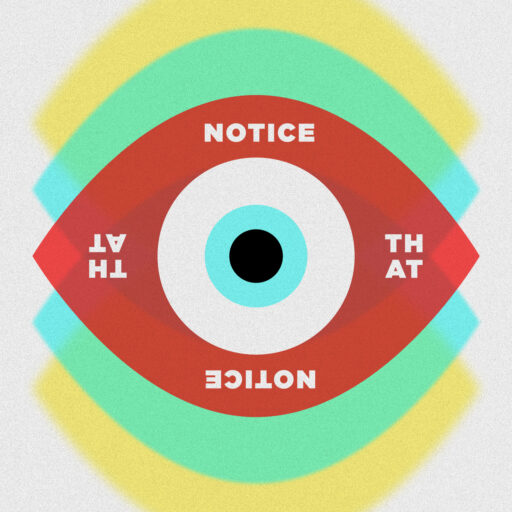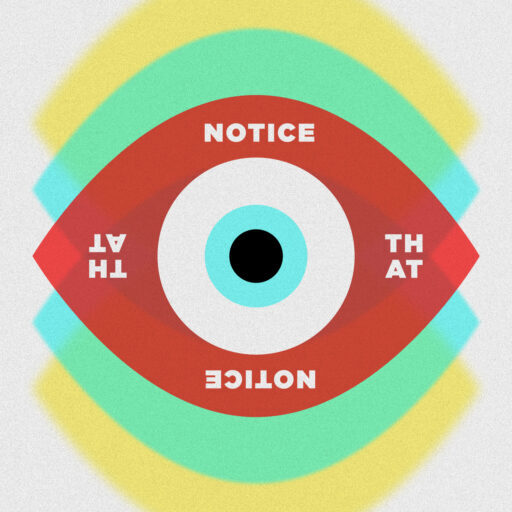Treatment Planning and Target Sequencing – Ep 62

Show intro
Case Conceptualization: Treatment Planning and Target Sequencing
“The difference between an EMDR clinician and a great EMDR clinician is the clinician’s ability to conceptualize a case” (7:00).
- Treatment planning helps the clinician know and be confident in where we’re going, why we’re going there, and how to get there
- Clinical knowledge and understanding of EMDR allow the clinician to let go of rigid protocols, allowing for greater fluidity and flexibility in treatment.
Treatment Approaches
- There are three types of treatment plans: acute, belief/issue, and developmental
- Note, each has its pros and cons and none are inherently “better”
- Remember, be flexible in which approach you use with each client and session
- Playing ‘whack a mole’ is sometimes necessary at the beginning while figuring out which direction to go
Acute Focused Treatment Planning
- Used when the symptom is from a single or a few incidents
- Importantly, if the symptom is truly from a single incident reprocessing will go away
- Useful for symptom reduction, rather than complete alleviation of symptoms
- A great starting place for the sake of regulation and motivation for the client
- Importantly, this treatment plan is the most appropriate when the client hires you for something specific or has limited means
Belief Driven Treatment Planning
- Also called cluster or issue approach
- Finding the link that connects the symptoms, presentation, memories
- For example, the link can be a belief such as “I’m not good enough,”
- Or, a physical sensation, such as knot in the stomach
- Once you’ve found the link, identify each memory within that network
- A chronological cluster would involve a sequence of events surrounding a traumatic experience
- Changes are more generalizable
- Limitations: takes longer than acute approach
Developmental Treatment Planning
- Also called the comprehensive approach
- Viewing the client as a nervous system that has dramatically been impacted and shaped by the life experiences they’ve had
- The therapeutic relationship is the therapy
- To clarify, this is because the client is experiencing a safe relationship, maybe for the first time
- Importantly, their nervous system can integrate this relationship as a resource
- Processing preverbal memory is powerful.
- However, it is a unique experience that can be overwhelming for clients beginning EMDR
- Limitations: takes a significant amount of time, cost more
Target Sequencing
- An effective sequence is first, worst, most recent
- However, this can be too overwhelming for the nervous system
- Keep in mind the needs of the specific client and their window of tolerance
- Another approach is to start with recent low impact events that are still related to the treatment plan
- This allows the client to gain trust in EMDR treatment, reveals breadcrumbs, and builds adaptive networks
- Don’t just determine and prescribe the treatment plan
- Instead, use it as a relational tool
- Always, invite the client to be part of the decision making
- Finally, remember to stay flexible!
Don’t forget to check out Episode 61: Three Channels of Processing
Resource Links
- For a full list of our current training opportunities check out our website or contact us
- Interested in attending a retreat or referring a client? Contact us here!
- Want to dive deeper into EMDR? Contact Jen about our consultation groups.
- Gain access to exclusive content and support the show through Patreon!
- Want more content? Check out our other podcasts:
- Beyond Trauma
- Evidence-Based Therapist
- Burnt Out Educator (coming soon!)






